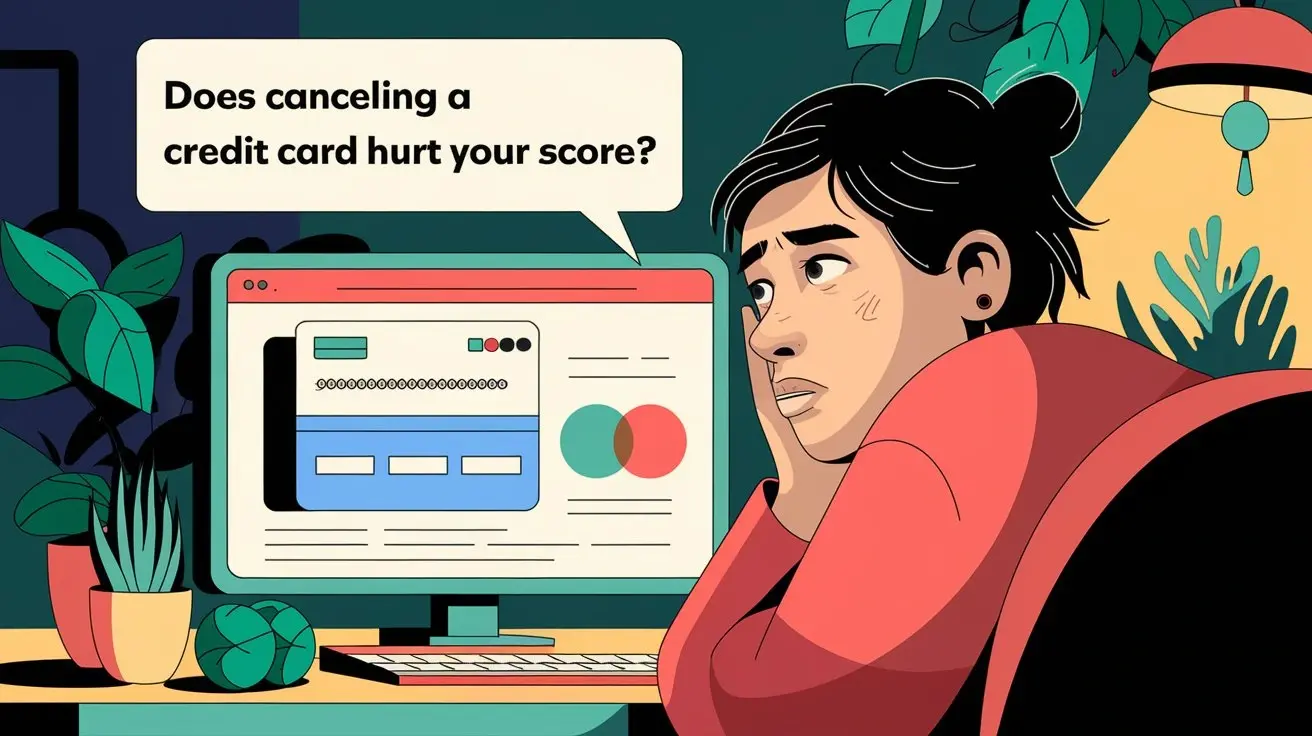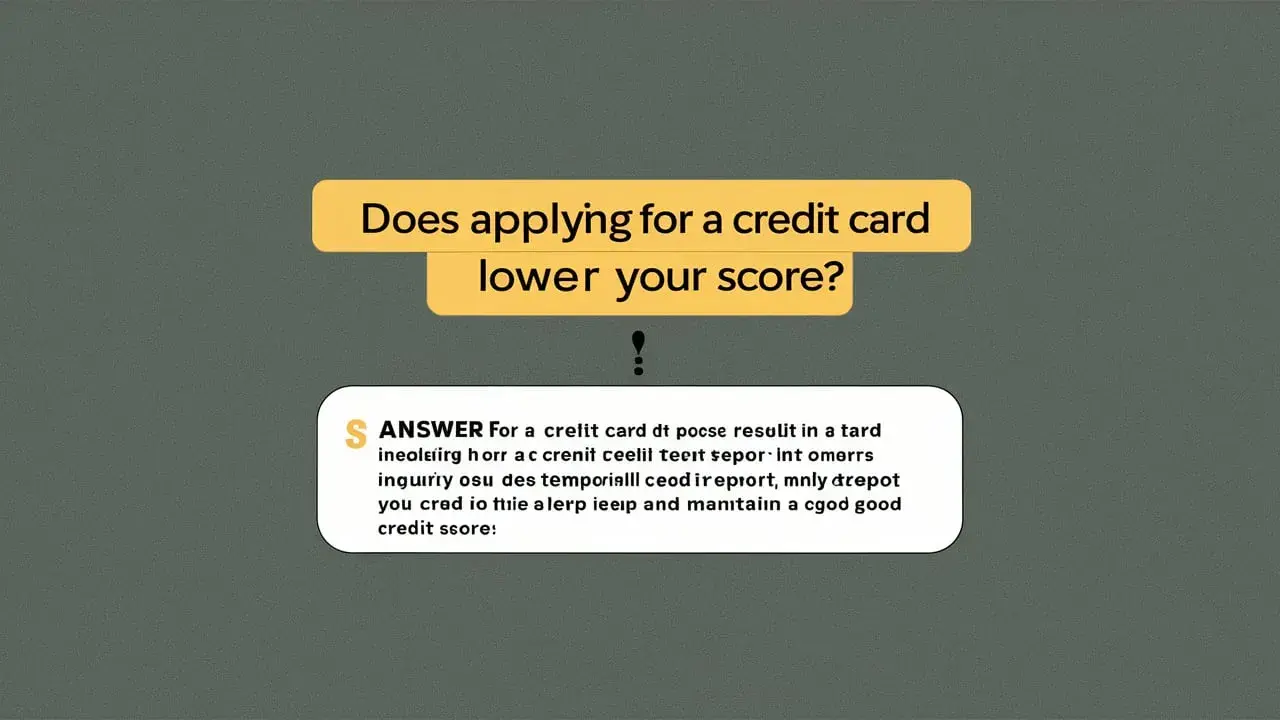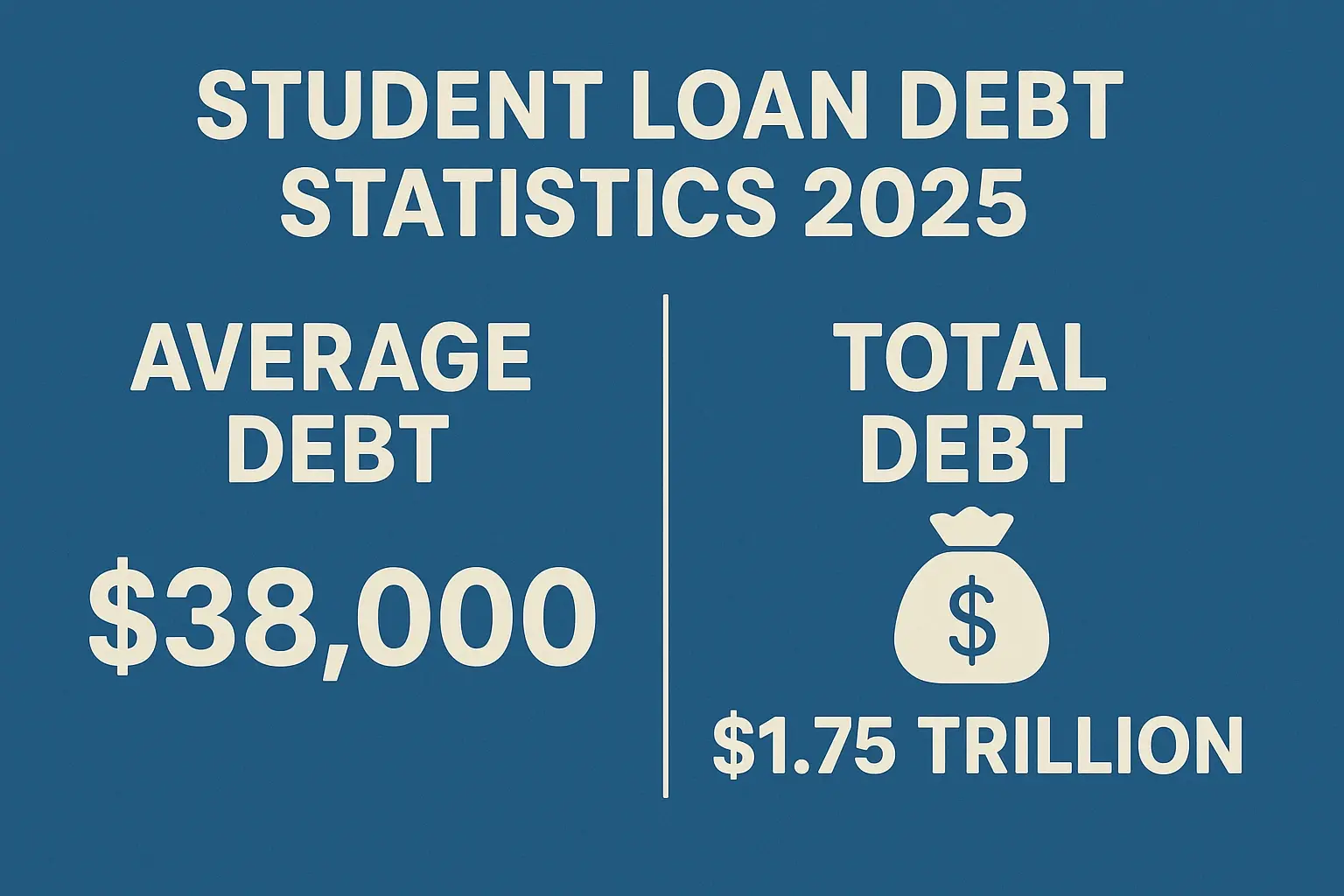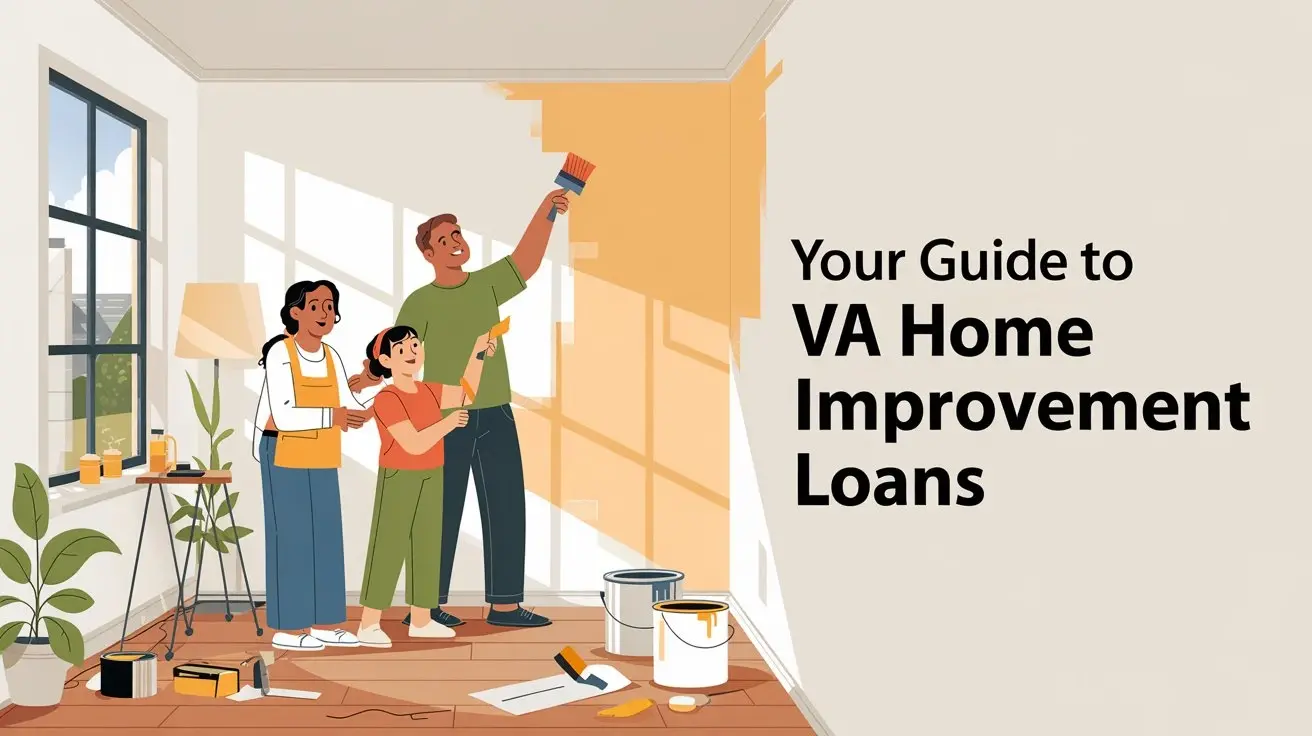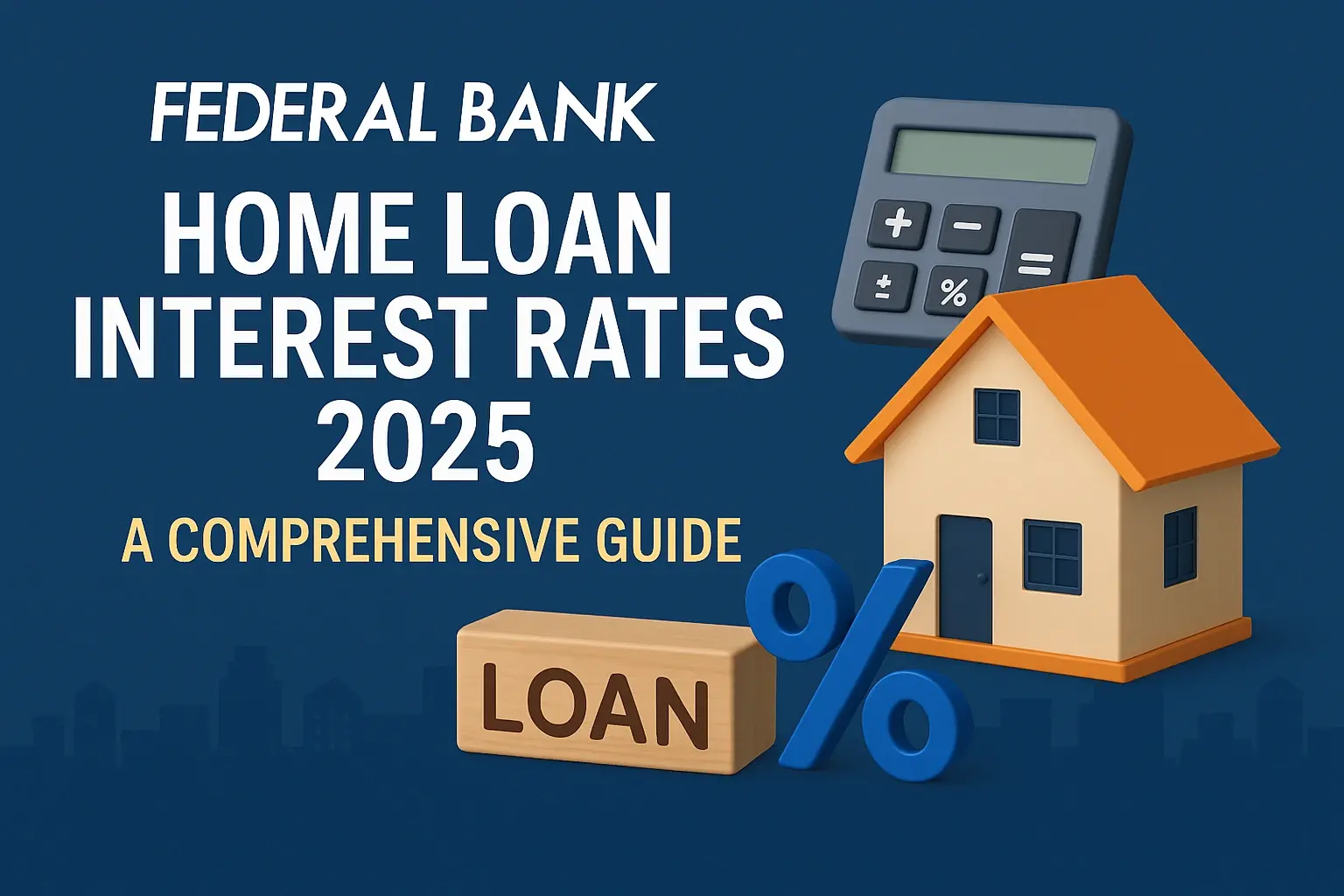-
Posted on: 25 Jul 2024
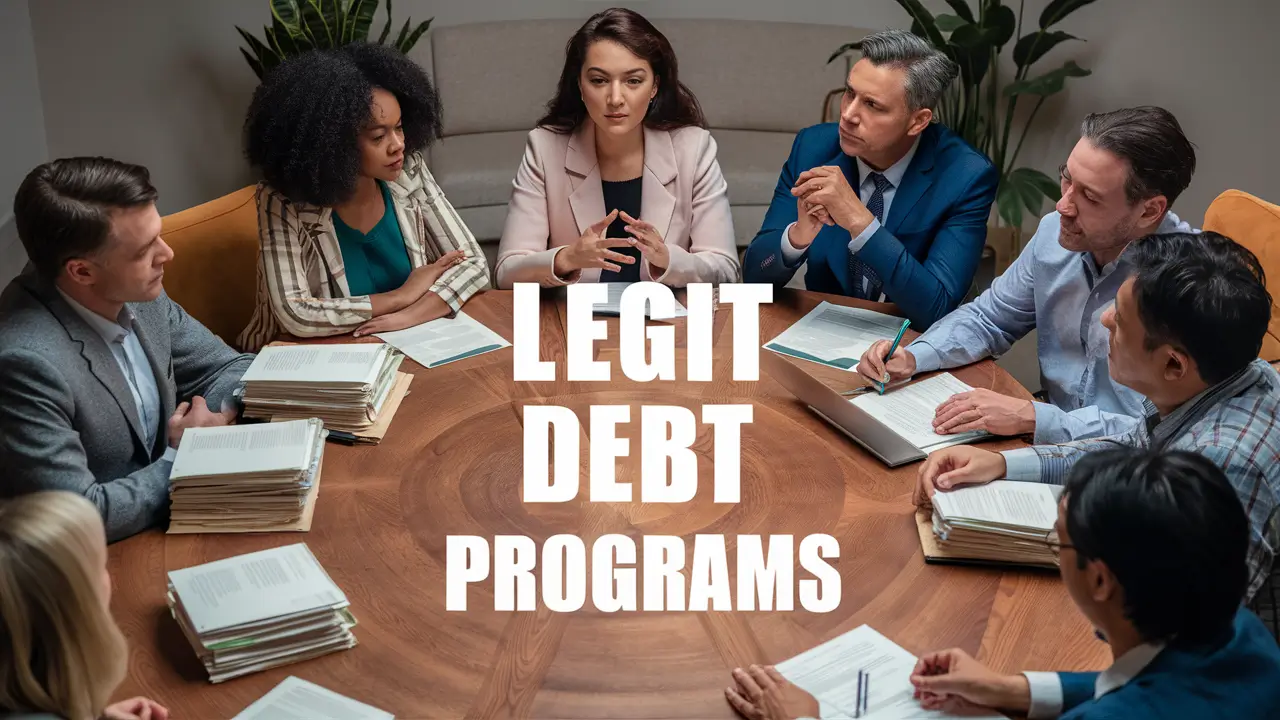
-
Debt can feel overwhelming. The weight of mounting bills, high interest rates, and constant collection calls can be debilitating. In such circumstances, the promise of debt relief can be incredibly appealing. But with so many options available, it's crucial to discern between legitimate programs that can genuinely help and those that are simply scams preying on vulnerable individuals. This article will explore the landscape of debt relief, highlighting legitimate avenues, common pitfalls to avoid, and how to choose the right solution for your specific financial situation.
Understanding Debt Relief Programs
Debt relief isn't a one-size-fits-all solution. It encompasses a variety of strategies, each with its own pros and cons. Understanding these different approaches is the first step towards finding a legitimate and effective solution.
Types of Debt Relief Programs
- Credit Counseling: A non-profit agency provides education and budgeting assistance. They may also help you create a debt management plan (DMP).
- Debt Management Plan (DMP): Working with a credit counseling agency to create a structured repayment plan, often with lower interest rates negotiated by the agency. You typically make a single monthly payment to the agency, which then distributes the funds to your creditors.
- Debt Consolidation: Combining multiple debts into a single loan with potentially a lower interest rate. This can simplify payments and potentially save money over time. Common forms include balance transfer credit cards and personal loans.
- Debt Settlement: Negotiating with creditors to pay a lump sum that is less than the total amount owed. This often involves stopping payments, which can significantly damage your credit score.
- Bankruptcy: A legal process that can discharge (eliminate) certain debts. Chapter 7 bankruptcy involves liquidating assets, while Chapter 13 bankruptcy involves creating a repayment plan.
How Debt Relief Programs Work (Generally)
The specific mechanics of a debt relief program vary depending on the type. However, a general overview involves:
- Initial Consultation: Most programs start with a consultation to assess your financial situation, including income, expenses, and debts.
- Needs Assessment: The provider evaluates your needs and determines the most suitable course of action.
- Program Enrollment: If you choose to proceed, you'll enroll in the program and agree to its terms and conditions.
- Debt Negotiation/Management: The provider will then negotiate with creditors on your behalf (debt settlement), manage your repayments (DMP), or consolidate your debts (debt consolidation).
- Payment & Progress: You'll make regular payments to the provider or directly to your creditors (depending on the program), and they'll track your progress towards debt relief.
Identifying Legitimate Debt Relief Programs
Protecting yourself from scams is paramount when seeking debt relief. Here are key indicators of legitimate programs:
Characteristics of Reputable Programs
- Non-Profit Status (for Credit Counseling): Legitimate credit counseling agencies are typically non-profit organizations. Check their status with the IRS.
- Accreditation: Look for accreditation from reputable organizations such as the National Foundation for Credit Counseling (NFCC) or the Financial Counseling Association of America (FCAA).
- Transparency: They are upfront about their fees, services, and potential risks. They should clearly explain how the program works and what you can expect.
- Customized Advice: They provide personalized advice based on your individual financial situation, rather than offering a generic solution.
- Comprehensive Financial Assessment: They conduct a thorough assessment of your income, expenses, assets, and debts before recommending a program.
- Educational Resources: They offer educational resources on budgeting, money management, and debt reduction.
- No Upfront Fees (Generally): Be wary of programs that demand significant upfront fees before providing any services. Debt settlement companies are often restricted from charging fees until they've successfully negotiated a settlement.
- Positive Reviews & Reputation: Check online reviews and ratings from reputable sources like the Better Business Bureau (BBB). Look for patterns of positive or negative feedback.
Red Flags: Warning Signs of Debt Relief Scams
Being aware of common scam tactics is crucial for avoiding predatory practices. Here are some red flags to watch out for:
- Promises of "Guaranteed" Debt Reduction: No debt relief program can guarantee a specific outcome. Creditors are not obligated to negotiate or settle debts.
- High-Pressure Sales Tactics: Scammers often use aggressive sales tactics to pressure you into signing up quickly without carefully considering the terms.
- Demanding Upfront Fees: As mentioned earlier, charging significant upfront fees is a major red flag.
- Advising You to Stop Communicating with Creditors: This can lead to late fees, penalties, and legal action from your creditors.
- Requesting Personal Information Unnecessarily: Be cautious about providing sensitive information like your Social Security number or bank account details unless you are absolutely certain the program is legitimate.
- Unrealistic Claims: Promises that seem too good to be true usually are. Be skeptical of programs that claim to eliminate your debt entirely or drastically reduce your payments without any consequences.
- Lack of Transparency: If the company is unwilling to provide clear and concise information about its services, fees, and potential risks, proceed with caution.
- Changing the Company Name Frequently: This can be a sign that the company is trying to avoid negative reviews and complaints.
Types of Debt Relief in Detail: Pros and Cons
Let's delve deeper into each type of debt relief, examining the advantages and disadvantages of each option.
Credit Counseling & Debt Management Plans (DMPs)
Pros:
- Structured Repayment: Helps you create a budget and stick to a repayment plan.
- Lower Interest Rates (Potentially): Agencies may negotiate lower interest rates with your creditors.
- Educational Resources: Provides valuable education about money management and budgeting.
- Non-Profit Options: Many reputable credit counseling agencies are non-profit organizations.
Cons:
- Requires Consistent Payments: You need to be able to make regular payments to the agency.
- May Not Be Suitable for All Debts: Not all creditors participate in DMPs.
- Can Impact Credit Score: While less damaging than debt settlement, closing accounts can temporarily lower your credit score.
Debt Consolidation
Pros:
- Simplified Payments: Combines multiple debts into a single monthly payment.
- Lower Interest Rates (Potentially): If you qualify for a lower interest rate, you can save money over time.
- Improved Credit Score (Potentially): If used responsibly, consolidation can improve your credit utilization ratio and boost your credit score.
Cons:
- Requires Good Credit (Often): Qualifying for a debt consolidation loan or balance transfer card often requires good credit.
- Fees & Interest: You'll still pay interest and may incur fees for the loan or balance transfer.
- Risk of Overspending: If you consolidate your debt and then continue to overspend, you could end up in an even worse financial situation.
Debt Settlement
Pros:
- Potential for Significant Debt Reduction: You may be able to settle your debts for a fraction of what you owe.
Cons:
- Significant Credit Damage: Stopping payments will severely damage your credit score and stay on your report for seven years.
- Collection Calls & Lawsuits: Creditors may pursue collection efforts, including lawsuits.
- Tax Implications: The amount of debt forgiven may be considered taxable income by the IRS.
- No Guarantee of Success: Creditors are not obligated to settle debts.
- High Fees: Debt settlement companies often charge significant fees, typically a percentage of the debt settled.
Bankruptcy
Pros:
- Debt Discharge: Can discharge (eliminate) certain debts, providing a fresh start.
- Protection from Creditors: An automatic stay prevents creditors from pursuing collection efforts.
Cons:
- Significant Credit Impact: Bankruptcy will severely damage your credit score and stay on your report for 7-10 years.
- Loss of Assets (Chapter 7): You may have to liquidate assets to repay creditors in Chapter 7 bankruptcy.
- Long-Term Repayment Plan (Chapter 13): You'll need to adhere to a strict repayment plan for 3-5 years in Chapter 13 bankruptcy.
- Public Record: Bankruptcy is a matter of public record.
Making an Informed Decision
Choosing the right debt relief program requires careful consideration of your financial situation, your goals, and your risk tolerance. Here are some steps to take:
- Assess Your Financial Situation: Create a detailed budget to track your income, expenses, and debts. Determine how much you can realistically afford to pay towards your debts each month.
- Explore All Options: Research different debt relief programs and weigh the pros and cons of each.
- Compare Providers: Get quotes from multiple providers and compare their fees, services, and reputations.
- Read Reviews: Check online reviews and ratings from reputable sources like the BBB and consumer review sites.
- Ask Questions: Don't hesitate to ask providers questions about their programs, fees, and potential risks.
- Read the Fine Print: Carefully review the terms and conditions of any debt relief agreement before signing up.
- Get Professional Advice: Consider consulting with a qualified financial advisor or attorney for personalized guidance.
Alternatives to Formal Debt Relief Programs
Before committing to a formal debt relief program, explore these alternative strategies:
- Debt Snowball or Avalanche Method: The debt snowball method focuses on paying off the smallest debt first for quick wins, while the debt avalanche method prioritizes paying off the debt with the highest interest rate to save money in the long run.
- Negotiating with Creditors Directly: Contact your creditors and try to negotiate lower interest rates, payment plans, or settlement offers.
- Balance Transfer Credit Cards: Transfer high-interest credit card balances to a card with a lower interest rate or a 0% introductory APR.
- Increasing Income: Explore opportunities to increase your income, such as taking on a part-time job, freelancing, or selling unwanted items.
- Reducing Expenses: Cut back on unnecessary expenses to free up more money for debt repayment.


